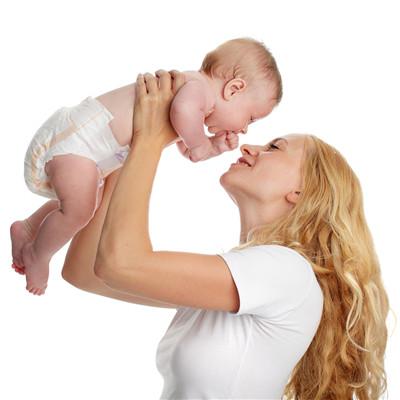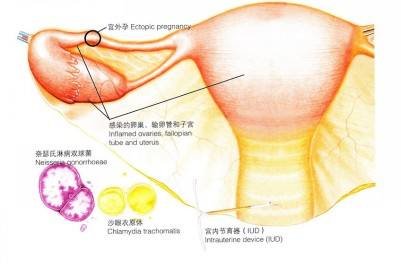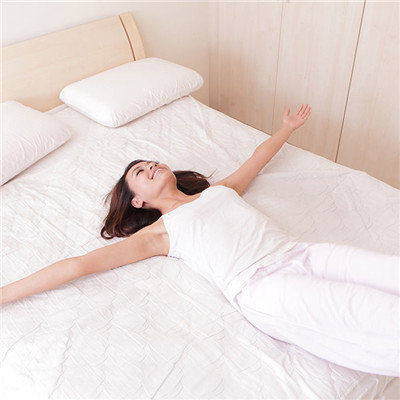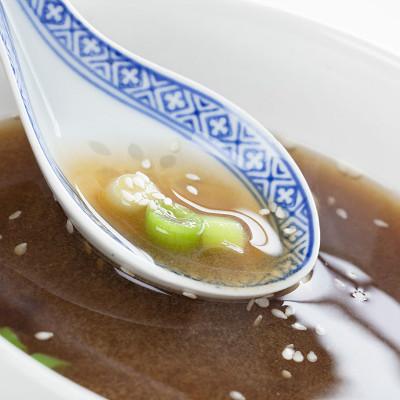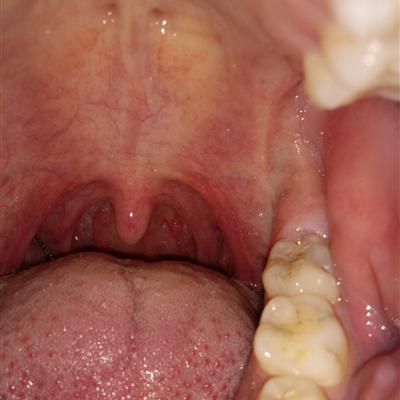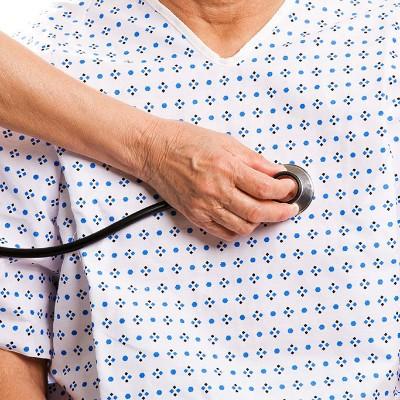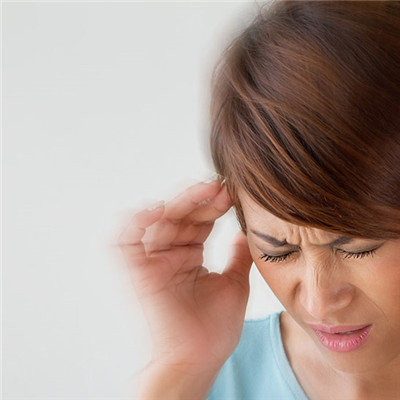Spinal tuberculosis symptoms?
summary
Spinal tuberculosis is the damage of the spine caused by Mycobacterium tuberculosis. Due to the destruction and collapse of the spine, the accumulation of tuberculous pus in the spinal canal and in the spinal canal, granulation tissue formation and other reasons, spinal cord can be involved, and paraplegia occurs due to spinal cord compression. This disease is mostly secondary to pulmonary tuberculosis. Most of the lesions were found in thoracic vertebrae, especially in T10-T12 and lumbar vertebrae. The incidence rate of this disease is more common in children than that in children. The incidence rate is significantly lower than 30 years old.
Spinal tuberculosis symptoms?
The onset of the disease is slow, with low fever, fatigue, emaciation, night sweats, loss of appetite, anemia and other systemic symptoms. Children often have nocturnal crying, sluggishness or irritability. Pain is the first symptom. It is usually mild pain, which is relieved after rest and aggravated after fatigue. Early pain will not affect sleep, and patients with long course of disease will also have pain at night. Besides neck pain, cervical tuberculosis also shows nerve root stimulation such as upper limb anesthesia.
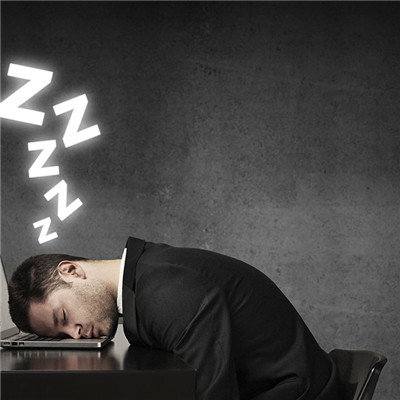
Coughing and sneezing can aggravate the pain and numbness. When the nerve root is compressed, the pain is severe. If the pain is obvious, the patient often uses his hands to live on the lower jaw, tilt his head forward and shorten his neck. The posture is very typical. If there is swelling of the posterior pharyngeal wall, it will hinder breathing and swallowing, and snore during sleep. In the later stage, the neck mass caused by cold abscess can be felt on the neck side. Thoracic tuberculosis has back pain symptoms, we must pay attention to the pain of lower thoracic lesions, sometimes for lumbosacral pain, spinal kyphosis is very common, careless parents until accidentally found that children with thoracic kyphosis deformity only to see a doctor.

When patients with lumbar tuberculosis stand and walk, they often hold the waist with both hands, tilt the head and trunk backward, so that the center of gravity moves backward, and try to reduce the pressure of weight on the diseased vertebral body. When patients pick up objects from the ground, they can't bend down, they need to straighten the waist, bend the knee, bend the hip and squat down to get the objects, which is called positive in the pick-up test. Another examination method is prone. The examiner lifts the feet of the child and gently lifts the lower limbs and pelvis. If there is lumbar disease, the waist remains stiff due to muscle spasm, and the physiological lordosis disappears.

matters needing attention
In the later stage, the patient has abscess of psoas major muscle, which can be seen or touched in the lumbar triangle, iliac fossa or groin. The spinal kyphosis of lumbar tuberculosis is usually not serious. From the thoracic vertebra to the sacral spine, along both sides of the sacral spine muscle, massage smoothly with fingers, and mild kyphosis deformity can also be found. A few patients came to see a doctor only when they found cold abscess.

